The Susa Valley is a cradle of life and civilization nestled in the heart of the Alps, a magical place that straddles Italy and France and for centuries has seen kings and emperors, soldiers and pilgrims pass through. All this has left the Susa Valley with an extremely rich cultural background that is uniquely matched by the lush nature of the mountains. Among medieval towers and castles, the Susa Valley is traversed by the ancient Via Francigena, and this has left it a dowry of secular abbeys of international standing, such as the Sacra di San Michele, one of the symbols of Piedmont, and theabbey of Novalesa, the oldest in the Western Alps, which, with the colors of the chapel of St. Eldrado and the Archaeological Museum, promise the visitor a leap back to the Middle Ages. The history of the Susa Valley, however, is much older and goes all the way back to prehistoric times, as evidenced by the numerous rock carvings, passing through the many traces of Roman times scattered throughout the valley. In both summer and winter, however, the Susa Valley is the perfect place for all lovers of adventure and the outdoors, including ski slopes and trails that climb up and down the Alps, but also with exhibition and educational spaces such as theColombano Romean Ecomuseum. Here are ten must-see stops in the Susa Valley.
The Sacra di San Michele is one of the symbols of all of Piedmont. The Sacra di San Michele is a very ancient abbey built between 983 and 987 on top of Mount Pirchiriano, 40 kilometers from Turin, in the heart of the Susa Valley. It is a place that literally exudes history, a magical place cloaked in a mystical aura that, not surprisingly, even inspired Umberto Eco for his masterpiece The Name of the Rose. From the top of its towers one can admire Turin and a breathtaking panorama of the Susa Valley, while inside members of the royal family of the House of Savoy are buried. Dedicated to the cult of Archangel Michael, defender of the Christian faith and people, the Sacra di San Michele fits within a pilgrimage route more than two thousand kilometers long that runs from Mont Saint-Michel, France, to Monte Sant’Angelo, Puglia. Beyond the spiritual and artistic value, however, a visit to the Sacra di San Michele is also an experience to be made in close contact with nature since to reach it one takes a path through the greenery and, as one ascends, one can begin to appreciate the splendid panorama and the imposing massif of the façade.
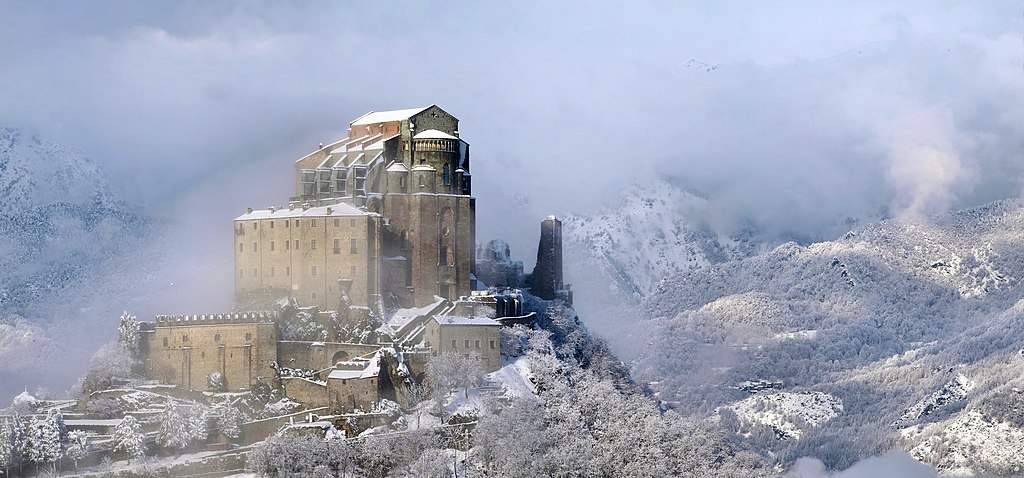
Another mystical place in the heart of the Susa Valley is theBenedictine Abbey of Saints Peter and Andrew at Novalesa. Founded in 726, in its ultramillennial history the abbey has experienced alternating and complex events while always remaining a place dedicated primarily to spiritual retreat and meditation in close contact with the wonders of nature. With its simple yet at the same time austere profile, the abbey today proudly shows the signs of time and the long historical events that have affected it. It was precisely from Novalesa, where he was abbot from 817, that Benedict of Aniane began, moreover, the work of unifying the monasteries of the empire that imposed the Benedictine rule. This makes Novalesa the driving force behind the beginning of the Benedictine era that would mark the Middle Ages. However, the history of this abbey is not only long, but full of changes and adaptations. Benedictine Cassinese and Sublacensis monks, Cistercians and Trappists succeeded each other in the monastery of Novalesa, and in 1972 finally the complex was purchased by the Province of Turin and in 1973 entrusted to the custody of the Benedictine Sublacensis monks.
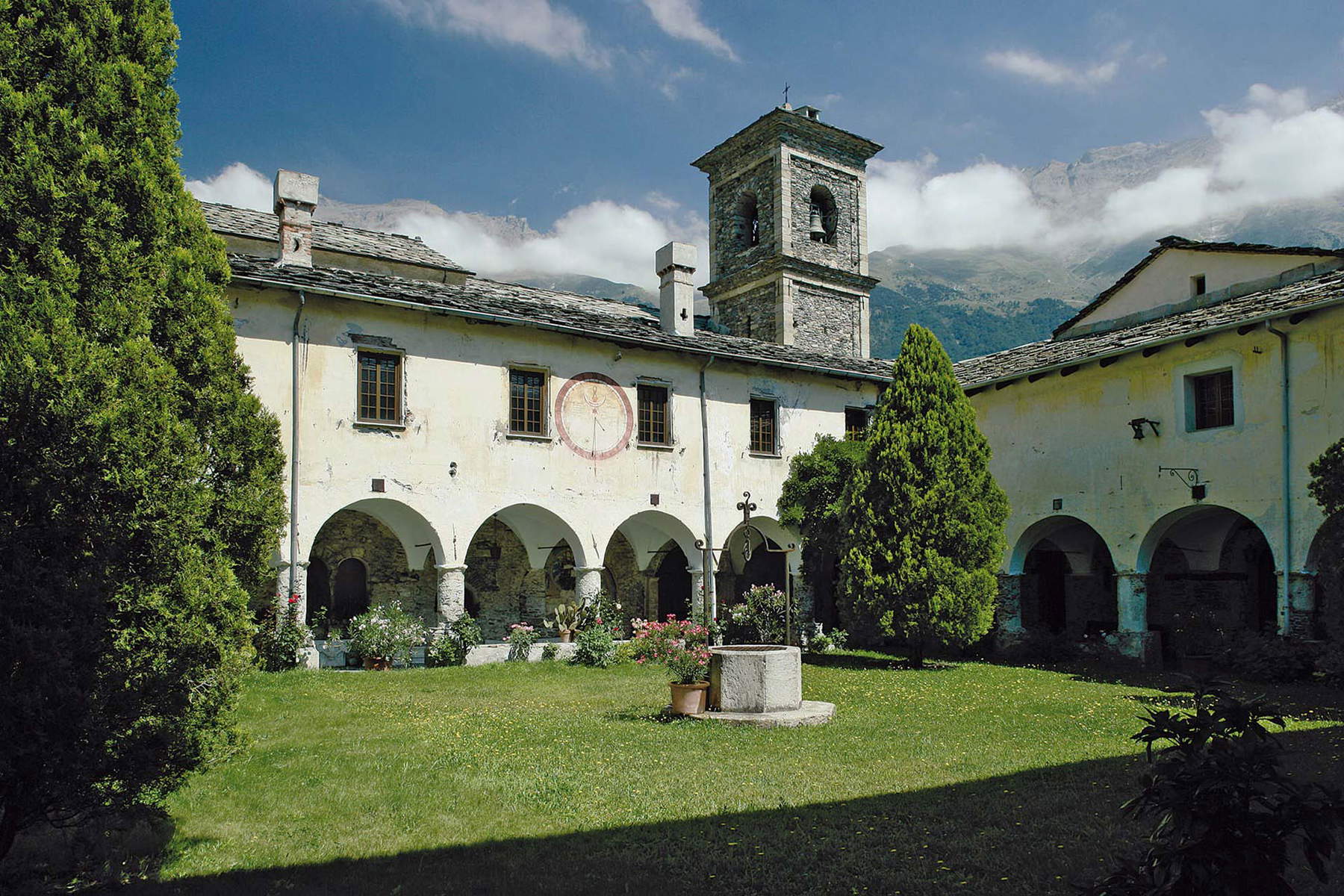
The Orsiera-Rocciavrè Nature Park extends into the Northern Cottian Alps straddling the Chisone, Susa and Sangone Valleys. Amidst mountains, green pastures and lush forests, the Orsiera-Rocciavrè Nature Park is an oasis of peace and a paradise for trekkers and hikers. Although its most important peaks reach almost 3,000 meters (10,000 feet), it is not a particularly snowy area, but it can still count on a special microclimate that has allowed the formation of a particularly interesting plant landscape, both because the protected territory covers different altitudes and because the three valleys over which it spreads have different climatic characteristics. Walking through these enchanted valleys means constantly passing from one marvelous panorama to another, and it is more than likely to also make a few encounters with the rich fauna that populates the park. Chamois, marmots, mouflon, ibex, ermine, hares, wild boar and wolves are at home in these mountains, but the small alpine lakes are no less impressive either, and they provide a home to a wide variety of fish.
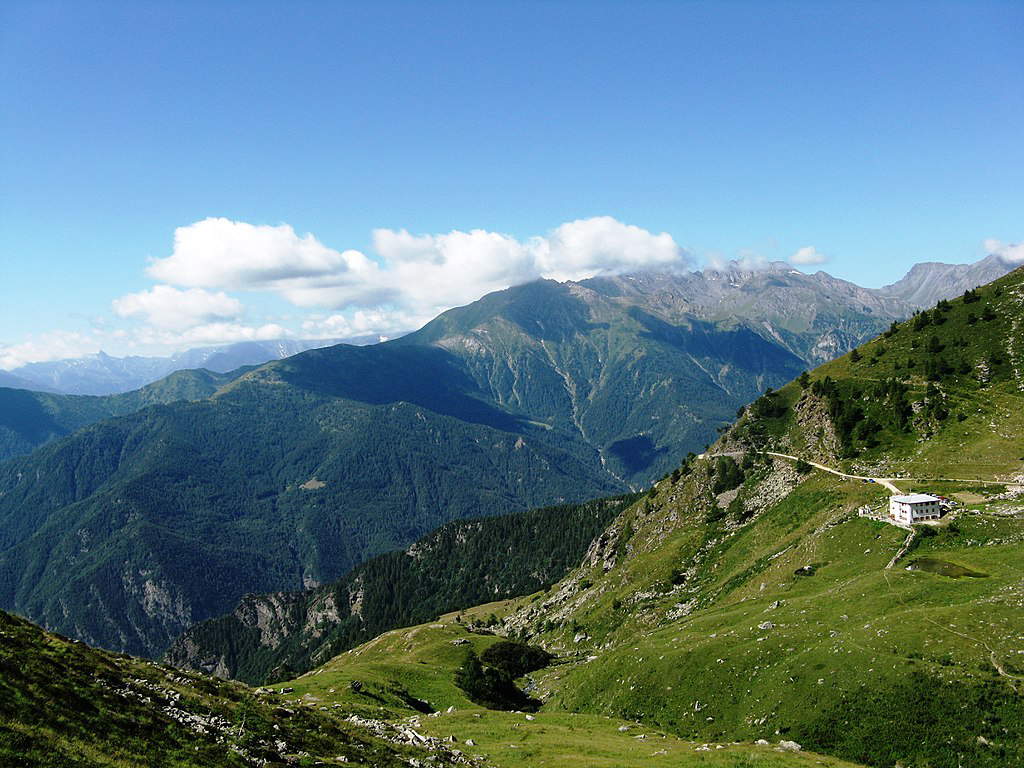
A corner of the Middle Ages among the forests of the Susa Valley. Avigliana is a perfectly preserved jewel, an enchanted place in which to get lost following the winding course of the small streets and going in search of the most hidden details of the facades of its buildings and churches. The old village of Avigliana is dominated by the walls of the castle that has guarded the town since the 10th century and during the Middle Ages was also home to the traveling court of the Savoy family. Numerous legends circulate, unfailingly, about this ancient manor, including one that tells of Filippo d’Acaja, a rebellious prince of the house, who was locked up in dungeons and whose spirit still wanders in the mists of the lake where he was drowned. It is all of Avigliana, however, that deserves a thorough visit. For centuries the crossroads of trade between Turin and France, this small town has always been very wealthy and open-minded. A special stop on your tour is sure to be the beautiful Conte Rosso Square, but not to be outdone are also the famous Clock Tower and the gateways to the village.
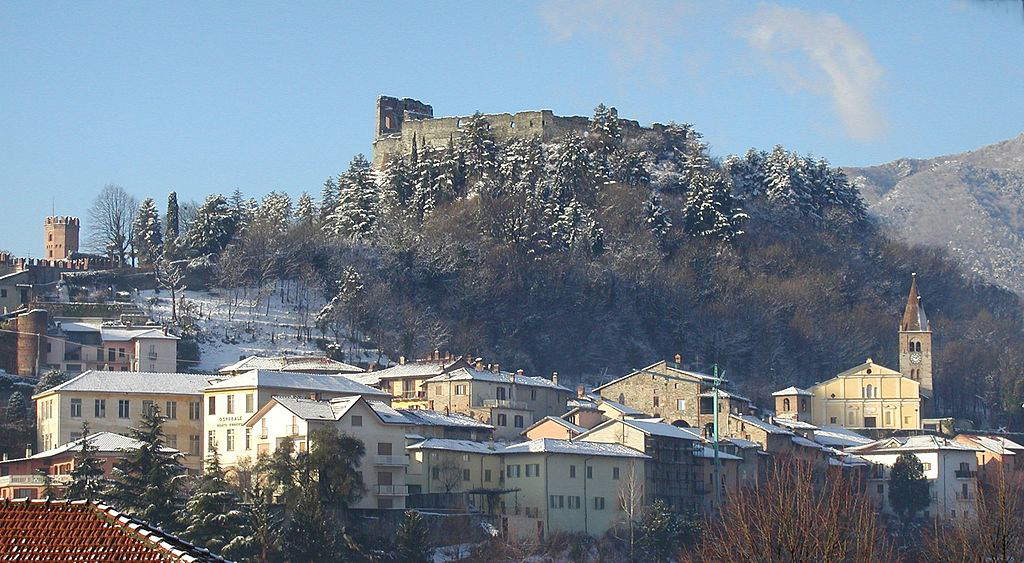
The jewel of the Cottian Alps, the gateway to Italy, Susa is the city that gives its name to the entire valley and that, century after century, has always been the center of the economic and cultural activities of these lands. Founded at the confluence of the Dora Riparia and the Cenischia stream, Susa has always been in a strategic position to control the routes to the Moncenisio and Montgenèvre passes and, not surprisingly, its origins are lost in the mists of time. As early as 500 years before Christ, when Aosta and Turin had not yet been founded, a Celtic reality existed in Susa that was perfectly organized by Druid priests. It later had its heyday with the height of the Roman Empire, which was followed by a slow but steady decline with Susa becoming, in spite of itself, a land of plunder and fire until it became a province under the Savoy. Today Susa is much more than the perfect starting point for discovering the beauty of the valley, it is also a large open book on which to read, walking among castles, churches and Roman and Celtic artifacts the rich history of this territory.

A silent and imposing guardian of the Susa Valley, the Fort of Exilles is one of the oldest monuments in this corner of Piedmont. Its origins are traced back to the 12th century when the Counts of Albon exercised strategic, military and mercantile control over the Montgenèvre road, and Exilles represented the extreme eastern border of the principality. Two centuries later Exilles was already a complex structure: an example of a road castle, from the defensive construction articulated in several walled circuits defending the inner core and an outer barrier. To keep up with the times and maintain its role as a defensive bulwark intact, however, the fort of Exilles never stopped being modified and reinforced according to renewed needs. Within its walls, between 1681 and 1687, the mysterious “Iron Mask” was locked up here, but this is just one of the many stories about this defensive bulwark that, according to some scholars, also inspired Dino Buzzati to imagine the Bastiani fortress of his masterpiece The Desert of the Tartars. Destroyed by the French in 1796, the Exilles fort was rebuilt by the Savoy between 1821 and 1829 and retained military functions until September 8, 1943. Two museum areas can be visited inside it today.

If you’re looking for a place to unplug from daily worries and reconnect with nature, you’ll be hard pressed to find better than Lake Nero. Here we are at 2,020 meters above sea level, in the center of a basin surrounded by the Fournier Peak and the Moon Mountains. Wherever you turn your gaze, however, the landscape is soft, with no imposing peaks with the wide valley that is crisscrossed by streams that originate from melting snow and help to feed peat bogs and high-altitude lakes that are home to rare algae and marsh orchids. Surrounding the lake, populated by trout and char for sport fishing, a thicket of larch trees provides the setting. After contemplating so much beauty, the next step will be nothing more than to lace up your boots properly, or strap on your bicycle, and set off to discover these enchanted places, the great variety that characterizes its flora, and perhaps even try to spot some of the many inhabitants of its woods.

Bardonecchia: the mountain puts on a show. This is the very apt slogan chosen to promote what is one of the most famous resorts in the Western Alps. In both summer and winter, there is no shortage of things to do in Bardonecchia. Bardonecchia was one of the star municipalities of the 2006 Turin Winter Olympics and offers skiers and snowboarders more than a hundred kilometers of slopes, but Bardonecchia is also a place full of life where you can go wild on theapres ski or relax tired in a café. Despite being at the center of mass tourism Bardonecchia has never lost its old-world charm, and even today one can read among its houses, churches, and buildings the signs of the past and when life among these mountains was simpler. The ancient settlement of Bardonecchia consists of the so-called Borgovecchio, gathered around the church of Sant’Ippolito. This outside the church has two bell towers: in addition to the 19th-century bell tower, the old Romanesque bell tower is still preserved on the left side. The church square is overlooked by the civic museum, which collects many interesting testimonies of local material culture: objects, furniture and tools as well as religious antiquities.
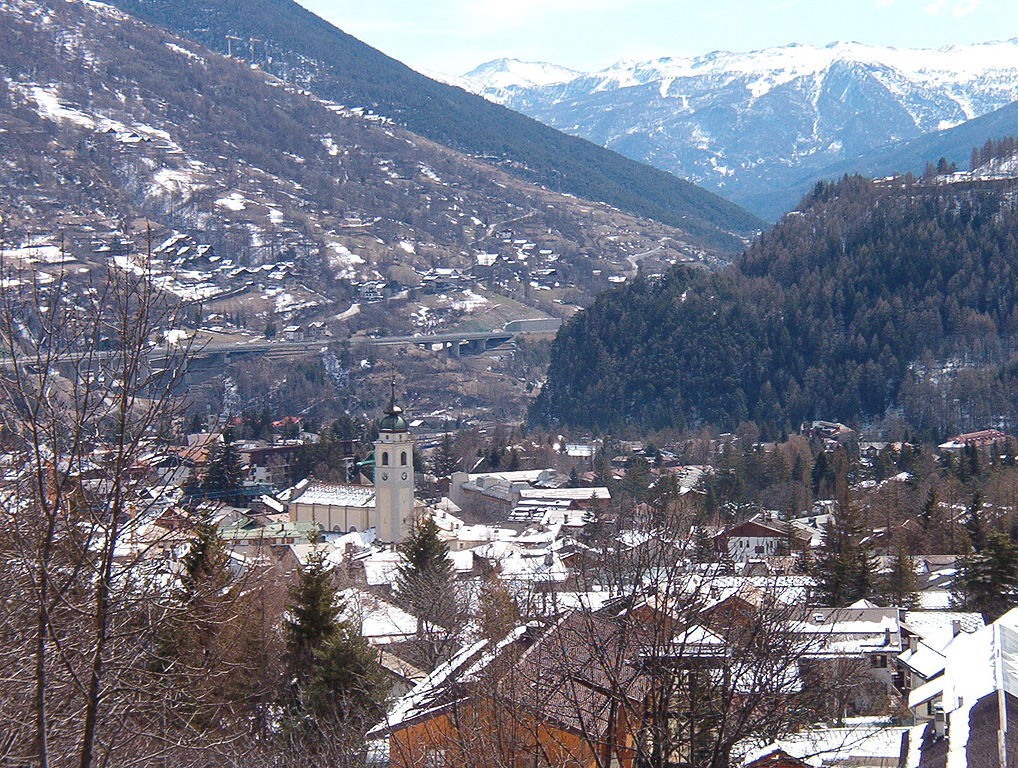
Driving along the access road to the Orsiera Rocciavrè Nature Park from the municipality of Villar Focchiardo, one finds oneself, after a few kilometers, in the presence of an imposing construction in a setting of pastures and woods: this is the Certosa di Montebenedetto. Surrounded by some 90 hectares of wilderness, the Carthusian Monastery of Montebenedetto, located at an altitude of 1160 meters, is the only remaining example in Europe of a primitive Carthusian monastery, that is, one that still retains the structure of a low medieval monastery. The church houses a permanent exhibition illustrating the Carthusian world and the history of the Montebenedetto complex, while a path has been created around it describing the various buildings that were part of the monastery, of which only a few traces remain. Today the Carthusian Monastery of Montebenedetto is owned by the Piedmont Region, and has a self-managed guesthouse with about twenty beds where one can stay in an absolutely unique environment, completely immersed in the silence of unspoiled nature.
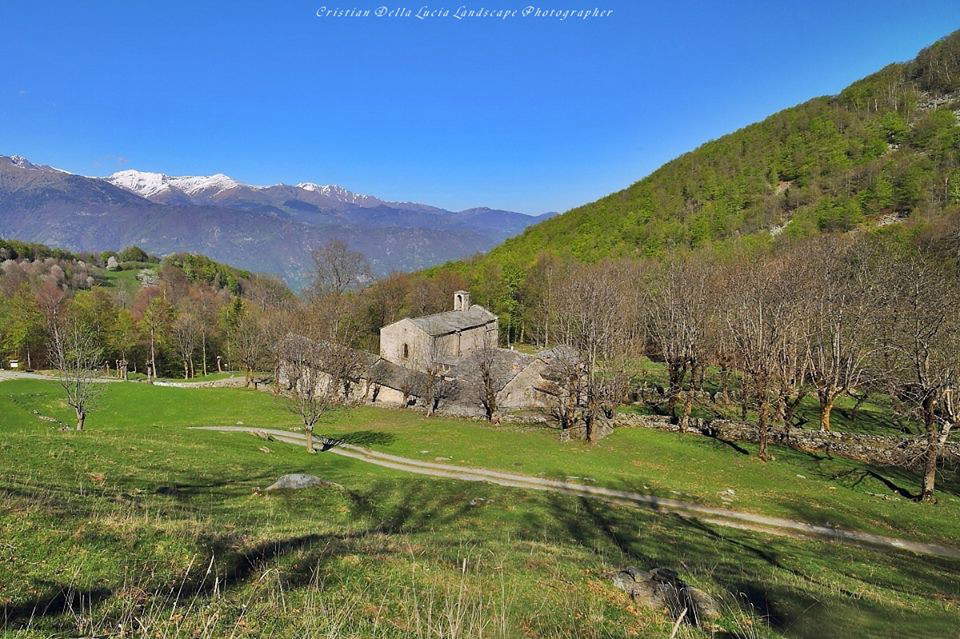
Not just a museum, but a laboratory museum of prehistory is what is located in Vaie. A 360-degree accessible exhibition space has been set up here since 2001. The museum allows visitors to take a journey to discover the cultures, geology, archaeology of the Susa Valley and the technologies of the past. The core of the museum is the archaeological findings made in the area since the last years of the 1800s. It was these that initiated the birth of a museum structure that, through the display of experimental reproductions, allows for an integral reading of the many aspects of daily life in prehistoric times in these valleys. In particular, what was the Vayes site and daily life in the Neolithic and Bronze Age is recounted. To further engage the visitor, a collection of experimental reconstructions and casts of major finds is offered, complemented by a Neolithic hut interior and diorama. Completing the exhibition is the tactile collection, which has significantly implemented the museum displays.
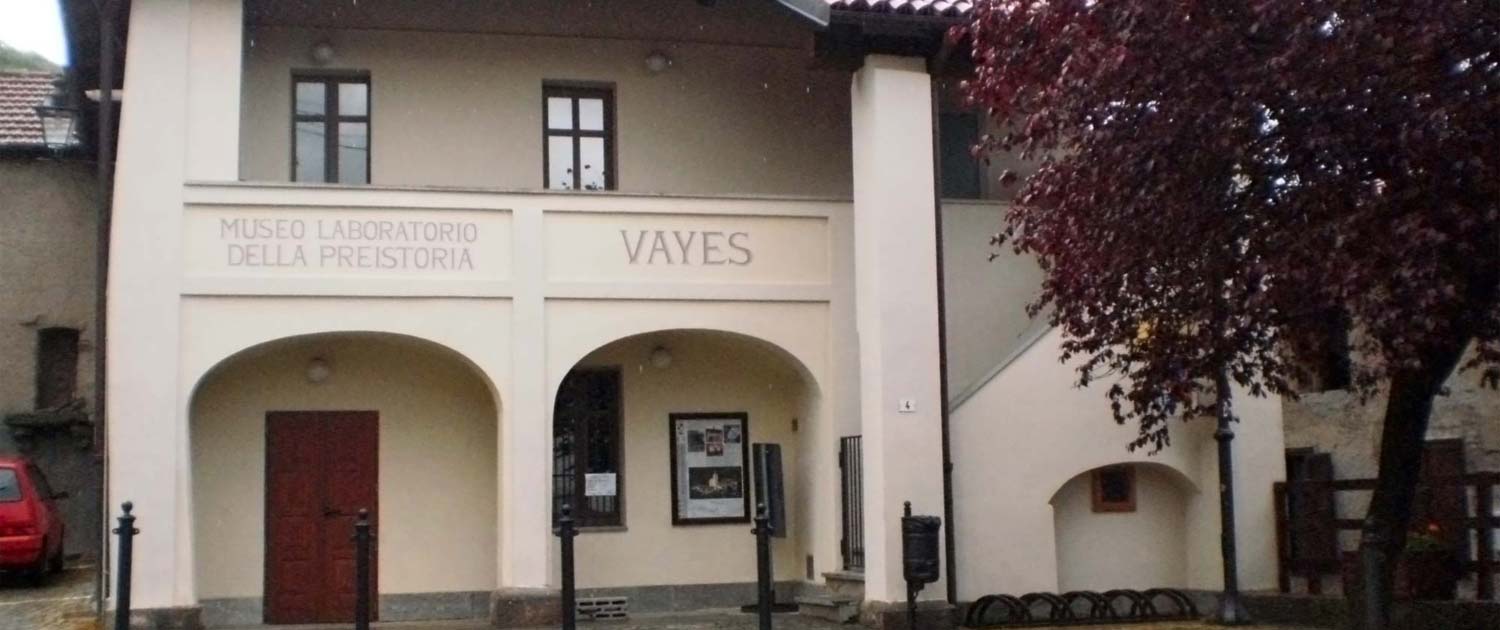
 |
| Susa Valley, what to see: 10-stop itinerary not to be missed |
Warning: the translation into English of the original Italian article was created using automatic tools. We undertake to review all articles, but we do not guarantee the total absence of inaccuracies in the translation due to the program. You can find the original by clicking on the ITA button. If you find any mistake,please contact us.